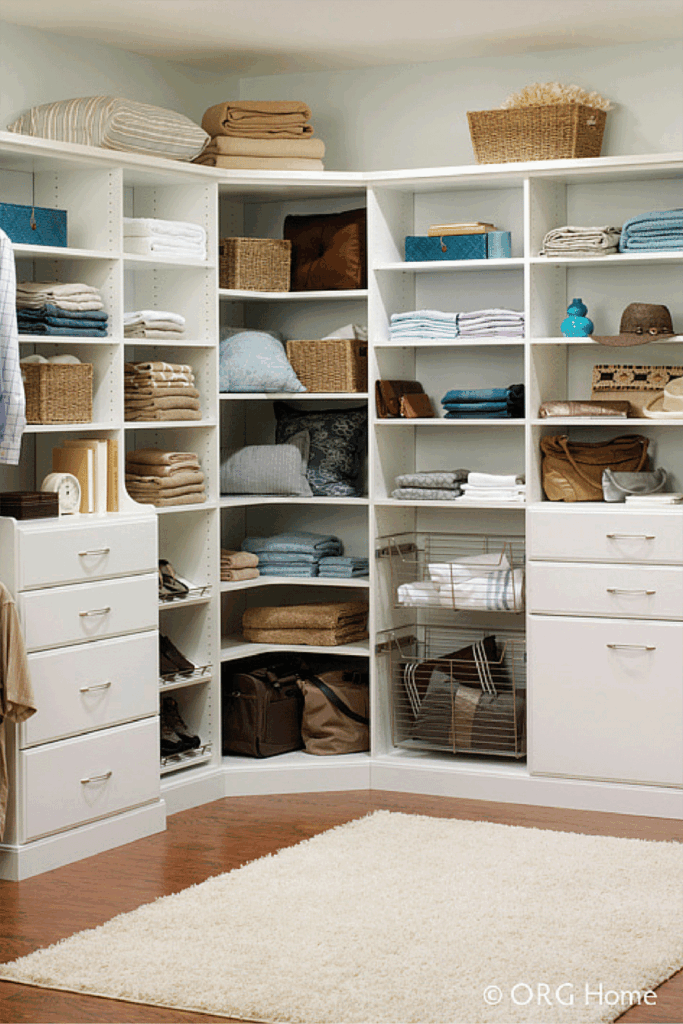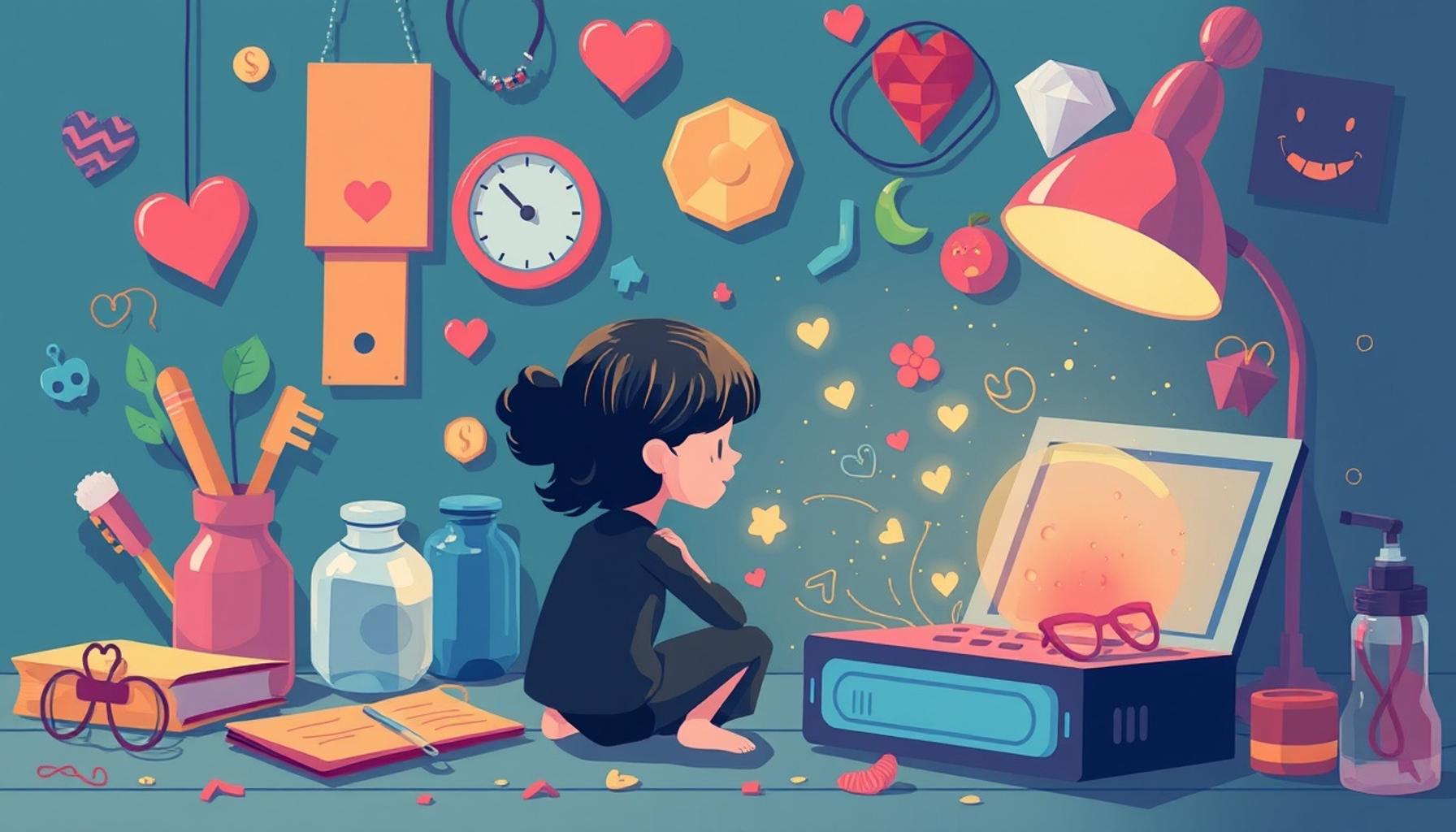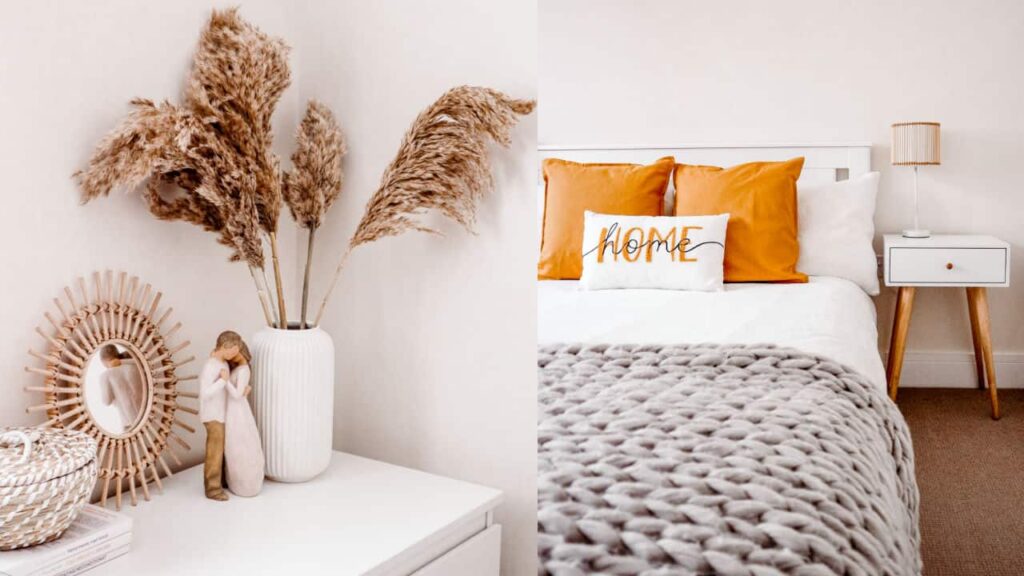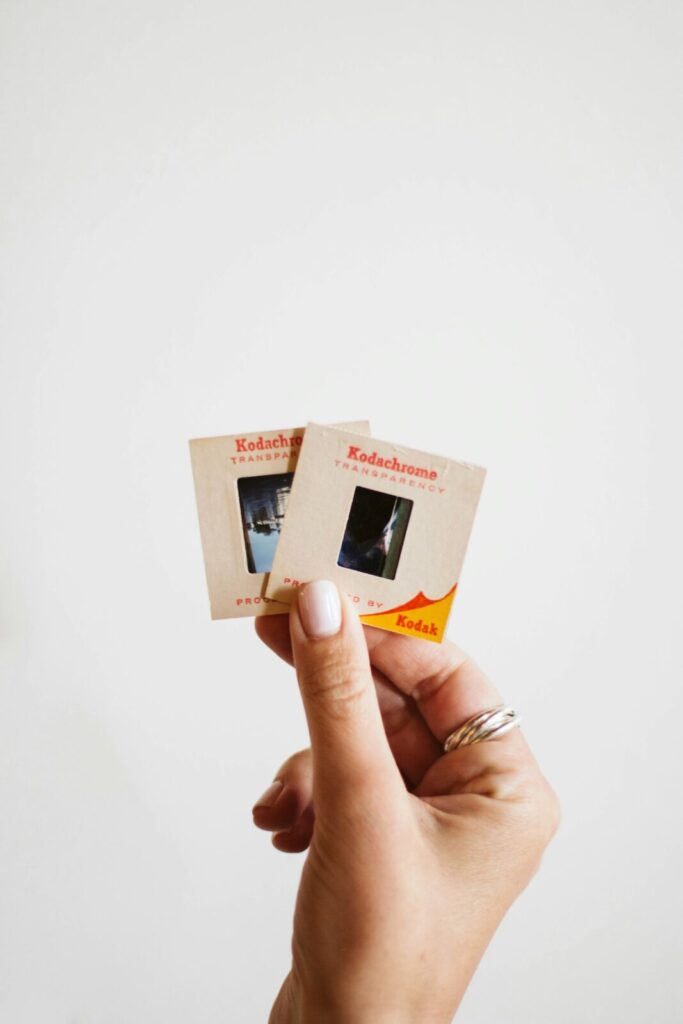Transforming Your Closet into an Organized Oasis
Your master closet often serves as a reflection of your lifestyle, which can sometimes result in a chaotic environment. Feeling overwhelmed by an avalanche of clothes, shoes, and accessories? If you are, you are certainly not alone. Many individuals grapple with closet clutter, but with the implementation of effective strategies, it is entirely possible to transform your space from an organized mess into a model of efficiency and style.
The Importance of Decluttering
Understanding the significance of proper closet organization is paramount for a variety of reasons:
- Saves time: Imagine the relief of being able to find your favorite pair of shoes or that perfect dress in mere seconds, rather than fumbling through piles of clothes. Organizing can drastically reduce the time spent each morning searching for what you need.
- Maximizes space: By utilizing every inch effectively, from high shelves to underutilized corners, you can create a functional and spacious closet that accommodates more items. This can mean investing in vertical storage solutions, such as stackable bins or tiered hangers.
- Boosts mood: A tidy and aesthetically pleasing space can lead to a clearer mind; studies have linked a clean environment to reduced stress. Walking into a well-organized closet can set a positive tone for your day.
Imagine stepping into your closet, where everything is neatly arranged, and each item sparks joy. This vision is possible, and the journey to an organized closet begins with a thorough process of decluttering. You will need to assess what to keep, what to purge, and how to creatively maximize your storage options.
What You’ll Discover
This guide will equip you with:
- Practical steps to assess and refine your wardrobe, offering clear criteria on what deserves to stay and what can be donated or discarded.
- Creative storage solutions that cater to various closet types—from walk-in designs to small reach-in spaces. For instance, consider installing pull-out racks for shoes or using multi-tiered hangers for skirts and pants to maximize vertical space.
- Maintenance tips to help you preserve the order in your closet long-term, such as the ‘one in, one out’ rule, which stipulates that every new piece brought in should replace an existing item.
Are you ready to take control of your closet, rejuvenate your space, and enhance your daily routine? With this knowledge at your fingertips, you can embark on a transformative journey towards effective decluttering. Each small step in this process will bring you closer to a serene closet that reflects your unique style and makes life a little easier.

CHECK OUT: Click here to explore more
Steps to Assess and Refine Your Wardrobe
A successful closet organization project begins with a crucial first step: assessment. This involves taking a good hard look at what you own and determining what truly serves your style and lifestyle. Here’s how you can kickstart your decluttering journey effectively:
The Purge Process
Start by removing everything from your closet. This initial act may seem overwhelming, but it’s essential to see all your items laid out. With a clean working space, you can begin categorizing your wardrobe into groups. Here are some categories to consider:
- Keep: Items you wear regularly and genuinely love.
- Donate: Clothes that no longer fit you or are in good condition but haven’t been worn in the last year.
- Discard: Worn-out or damaged pieces that are beyond repair.
As you sort through your belongings, ask yourself critical questions: Does this piece fit? When was the last time I wore it? Does it make me feel confident? This reflective approach can help you make objective decisions about each item.
Evaluate Your Lifestyle
Total closet decluttering requires an understanding of your lifestyle needs. If you’ve transitioned to remote work, for example, your reliance on formal attire may have diminished. Alternatively, if you have a flourishing fitness routine, prioritize workout gear instead. Tailor your wardrobe to ensure it reflects your practical needs while also incorporating pieces that represent your personal style.
While assessing your clothes, consider the following tips:
- Seasonality: Remember to evaluate items based on the current season. Pack away out-of-season clothing to free up space for what you currently need.
- Versatility: Keep clothes that can be easily mixed and matched. Consider classic pieces that can be styled in multiple ways.
- Emotional Attachment: It’s okay to let go of items that hold sentimental value but are no longer worn. Take a photo instead, allowing you to keep the memory without clutter.
Creative Storage Solutions
Once you’ve narrowed down your closet contents, the next step is maximizing storage that caters to your unique space. Implementing creative storage solutions can significantly enhance the functionality of your closet. Utilize different types of hangers, such as velvet hangers, to save space and keep everything in order. Utilize the vertical space by installing shelves or using hanging organizers for accessories.
In the world of closet organization, creativity is key. You can also consider using clear bins for shoes or seasonal clothing. These allow easy visibility and maximize your storage without creating additional chaos. Small changes can lead to significant improvements, setting the stage for a decluttered and serene closet.
| Key Categories | Advantages |
|---|---|
| Space Optimization | Utilizing vertical space and organizing properly allows for maximum storage and efficient access, making your closet more functional. |
| Visual Clarity | A well-organized closet reduces clutter, allowing for easier outfit planning and minimizing decision fatigue throughout your day. |
| Time-Saving | An organized closet means you won’t waste precious time searching for items, thus transforming your daily routine efficiently. |
| Stress Reduction | Clutter has been shown to increase stress levels; a tidy closet contributes to a more peaceful mindset, promoting overall well-being. |
Understanding these key advantages not only enriches your space but also enhances your daily life. Embracing master closet organization is not merely about aesthetics; it’s about creating a functional environment that fosters efficiency and peace of mind. By focusing on these aspects, you will find that the benefits extend far beyond the physical space, impacting mental clarity and emotional well-being. Explore methods to harness these advantages and take your closet organization to the next level.
SEE ALSO: Click here to read another article
Maximizing Closet Space with Smart Techniques
Now that you’ve assessed your wardrobe and culled the items that no longer serve you, it’s time to focus on maximizing your closet space. Closet organization is not just about decluttering—it’s about making the most of the space you have, enhancing both functionality and aesthetics. Here are some effective techniques to consider:
Innovative Organizational Tools
To transform your closet functionality, consider investing in innovative organizational tools. Products like tiered hangers can help you utilize vertical space effectively, especially for pants, skirts, or even scarves. Other items, such as cascading hooks or multi-tier shoe racks, provide excellent solutions for those overflowing shoe collections. They can neatly arrange your shoes while simultaneously making it easier to select the ones you want.
For accessories, consider incorporating drawer dividers. These can greatly reduce chaos in your jewelry and accessory storage and make everything accessible at a glance. Another useful tool is the over-the-door rack, which can provide a hidden yet efficient space for shoes, bags, or even small hats, effectively turning often-wasted area into organized storage.
The Importance of Labeling
A well-organized closet often includes an effective labeling system. Labels can help you—and your family—quickly find what you are looking for, reducing the time spent searching for items. Utilize clear, descriptive labels on bins and shelves to identify contents clearly. For example, instead of simply labeling a box ‘Accessories,’ specify if it contains ‘Jewelry,’ ‘Belts,’ or ‘Scarves.’ This clarity can alleviate the frustration of clutter.
If you want to get even more organized, consider color-coding your clothing by category, season, or even frequency of use. This not only adds a visually pleasing element but also streamlines the process of selecting outfits each day, saving you time and effort during your busy mornings.
Embrace Seasonal Rotations
Keeping your wardrobe effectively organized also involves being proactive about seasonal rotations. Each season, take the time to shift your wardrobe to reflect the current time of year. Pack away items that won’t be worn for several months, such as heavy winter coats during the heat of summer, ensuring that seasonal clutter doesn’t take over your closet.
When you rotate your wardrobe, it’s also an ideal opportunity to evaluate your clothing again. This can help prevent accumulation and keeps your closet organized. Store out-of-season items in labeled storage bins or vacuum-sealed bags, making sure to keep them in an easily accessible area.
Regular Maintenance is Key
A well-functioning closet doesn’t happen overnight; it requires regular maintenance. Designate time—perhaps every three to six months—to reassess your wardrobe. Adopting a one-in-one-out policy can help prevent future clutter. If you purchase a new item, consider letting go of an older piece to maintain balance in your closet.
Additionally, keep a small basket or bin in your closet for items that need to be donated. Whenever you find something you won’t wear again, toss it in. When the bin is full, take a trip to your local donation center and repeat the process. This habit can transform closet maintenance from an overwhelming project into a manageable routine.
With these essential tips, your master closet organization will not only be effective but will also cultivate a serene and inspiring environment for your everyday wardrobe.
CHECK OUT: Click here to explore more
Conclusion: Embracing a Clutter-Free Closet
In the journey towards mastering your closet organization, the essential tips outlined not only offer a roadmap to declutter effectively but also encourage a lifestyle that embraces simplicity and accessibility. By combining innovative organizational tools, a thoughtful labeling system, and the practice of seasonal rotations, you set the stage for a more functional and visually appealing space. Regular maintenance is equally crucial; it transforms the once-overwhelming task of organization into a manageable routine.
Consider your closet a reflection of your personal style and a sanctuary for your clothing. When everything has its place, not only does your day begin with less stress, but you also cultivate a more intentional way of dressing. Embracing the one-in-one-out principle further perpetuates this balance, allowing you to be mindful of your purchases and maintain a curated wardrobe that suits your lifestyle.
Moreover, the act of donating unneeded items can be both liberating and charitable, offering your gently-used clothing a second life while making ample room for pieces that truly resonate with you. In a world where clutter can dominate our physical and mental well-being, these master closet organization tips pave the way for clarity, style, and joy in your daily routine.
As you embark on your closet organization journey, remember that the goal is not just to declutter but to create a surrounding that brings you peace and inspiration—one outfit at a time.

Linda Carter is a writer and organization expert specializing in minimalism and personal organization. With extensive experience helping individuals create clutter-free, functional spaces and adopt mindful habits, Linda shares her knowledge on our platform. Her goal is to empower readers with practical advice and strategies to simplify their lives, stay organized, and achieve a sense of calm and balance in their daily routines.
















